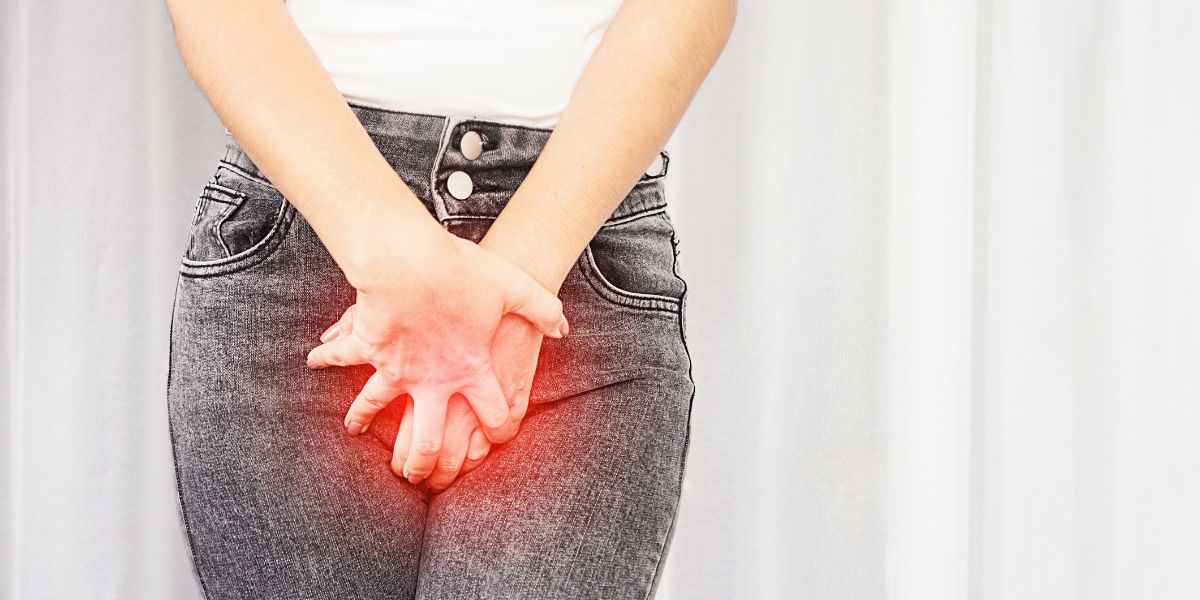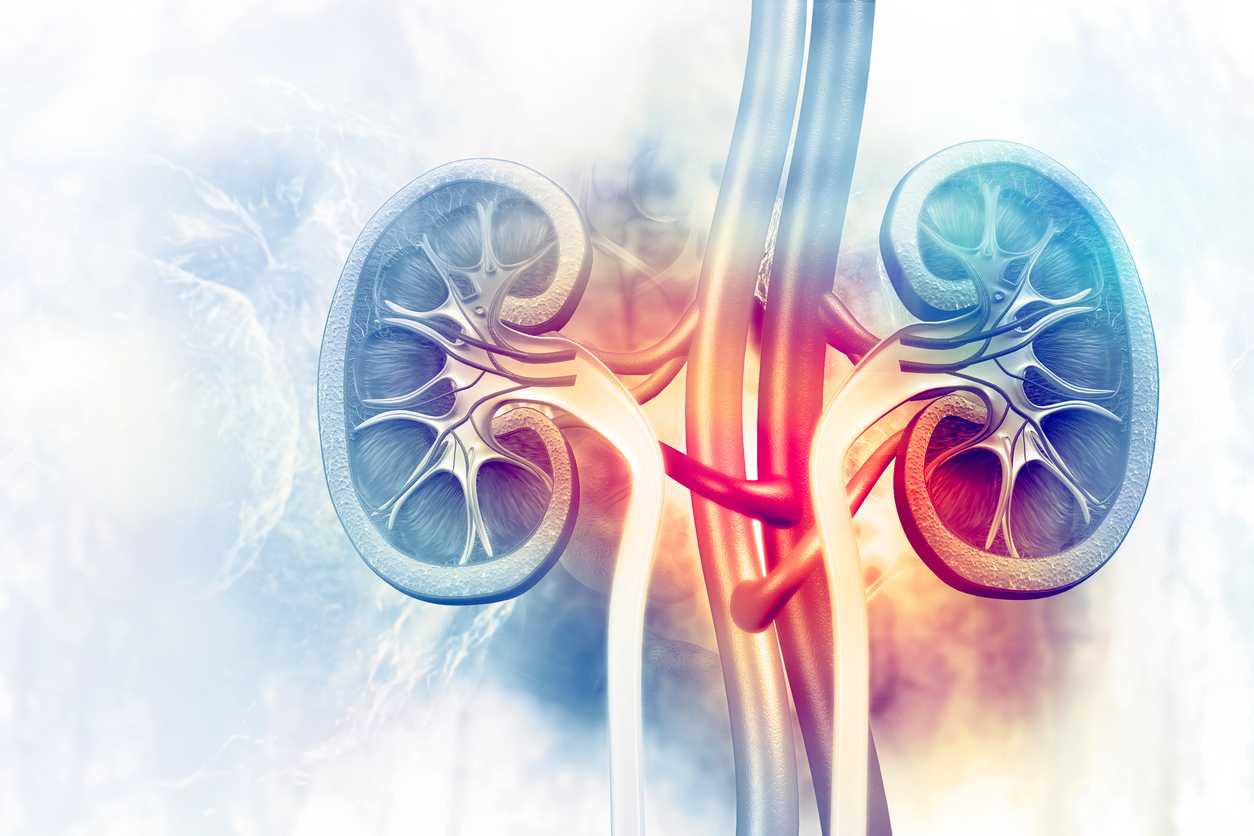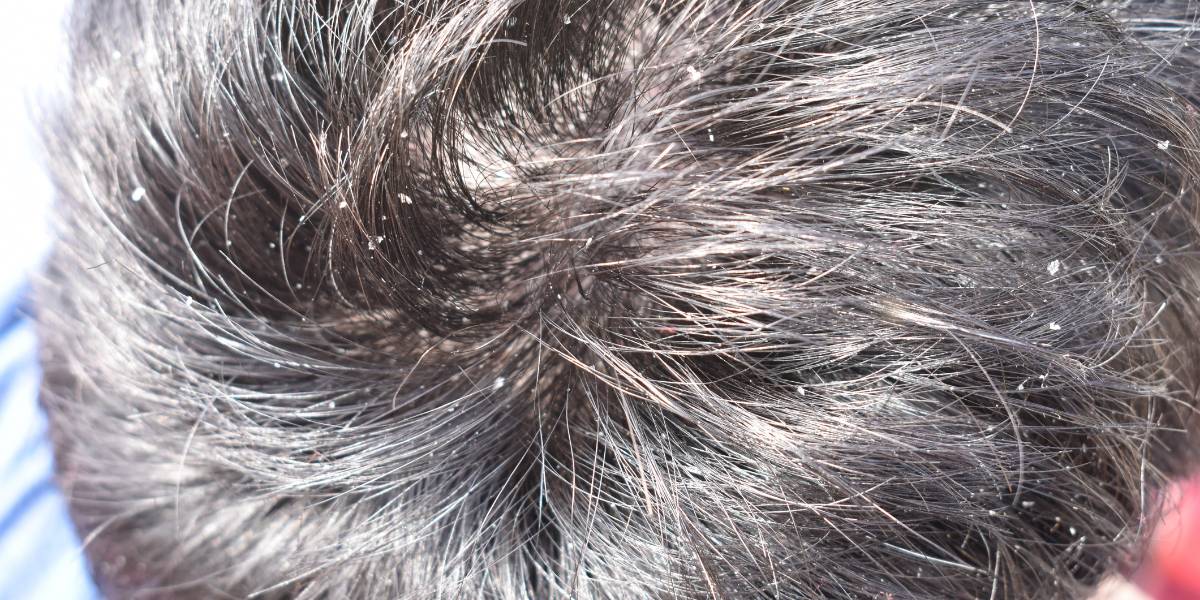Diabetes has its share of embarrassing conditions associated with it. Some of these conditions can be prevented through good blood glucose management.
However, the presence of other conditions may increase the likelihood of these conditions appearing. Whatever your condition, it’s useful to remember that there is help for most of them.
Embarrassing Conditions Guides:
Incontinence
Incontinence is a relatively common embarrassing condition. Whilst frequently associated with old age, a number of reasons exist which affect people of all ages.
Hyperglycemia, associated with diabetes, and autonomic neuropathy can both affect urinary incontinence to some degree.
Diarrhoea
There are a few aspects of diabetes which increase the likelihood of suffering diarrhoea. These range from the side effects of certain medications, including metformin and statins, through to nerve damage which can result in inconsistent bowel movements.
Constipation
On the other side of the coin is constipatio, which can be embarrassing if you need to explain the discomfort or difficulties you’re experiencing as a result.
Constipation may be related to diet but can also be affected by other conditions including coeliac disease, IBS and colon cancer.
Thrush
Thrush is a yeast infection which can develop around the genitals, the mouth or sometimes at the location of folds of skin such as the armpits.
Thrush can be more common in people with diabetes that are consistently experiencing blood sugar levels that are too high.
Treatments are available for thrush and keeping blood glucose levels under good control can also help to minimise the effects of thrush and help prevent it returning.
Lipohypertrophy
Lipohypertrophy is when lumpy areas appear on the skin as a result of frequent injections into the same area of skin.
Lipohypertrophy can cause embarrassment and some people wish to cover up an affected area of skin. The affected area will usually heal itself as long as the area isn’t injected into for a period of a few months.
Acanthosis nigricans
Acanthosis nigricans is a skin condition that is associated with type 2 diabetes. Acanthosis nigricans is noticeable by darkened areas or lines typically located at folds in the skin such as around the neck armpits and groin. The darkened appearance can fade if the underlying condition is treated.
Foot ulcers
Foot ulcers in people with diabetes is the most common reason for amputation in the UK. It is therefore important not to ignore foot damage but to immediate seek medical advice. Early treatment of foot ulcers can very significantly reduce the chance of amputation.
Gum disease
Gum disease develops gradually over time but if allowed to continue can lead to uneven teeth, a receding gum line, bad breath and loss of teeth. As with many health conditions linked with diabetes, good blood glucose control can help to slow down the development of gum disease.
Good oral hygiene and regular visits to the dentist are essential to prevent gum disease from becoming serious.
Sexual dysfunction
Sexual difficulties can often be difficult to accept, and can be difficult to talk about too, but there are a number of treatments available which could help to reignite your love life.













